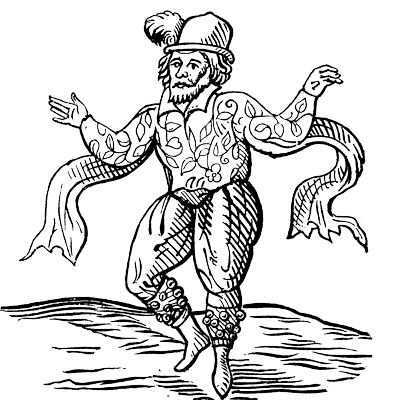Venue Type & Location
Overview
Located on high ground on the Isle of Sheppey, along the Thames Estuary, the Tudor residence of the Cheyne family has been described as 'a stately mansion comparable with any other gentleman's residence in Kent.A plan of the Hall shows that it had twelve walled quadrangles, half of them occupied by the mansion, and the remainder domestic offices and relevant outbuildings.There was also a small chapel, inconspicuously placed in one corner' (Judge, 'Shurland Hall' 397).
Only the 2-storey red brick W entrance range with 2 octagonal towers and a large Perpendicular central doorway remains. The great hall was on the ground floor of the E range, now mostly gone apart from the entrance porch and the bottom of the W wall.
Performance History
A 1610 letter describing entertainments by the King's Men for the visit of James I to Shurland organized by Philip Herbert, 1st Earl of Montgomery, shows that the residence was still a performance venue in the early 17th c. It is probable that entertainers patronized by the Cheyne family on record elsewhere in the 16th c. also performed there.
Current Status
History of the Venue
ca. 1188 Manor owned by Adam de Shurland.
early 14th c. Acquired by Sir William Cheyne via marriage with the heiress Margaret de Shurland.
1510--18. Norman castle replaced by a new residence incorporating materials from Sir Thomas Cheyne's former home at Chilham Castle.
1570 Abandoned as a residence by Sir Henry Cheyne in favour of Toddington Manor, Bedfordshire. Subsequently neglected.
1580 Sequestrated by the Crown in response to a local petition, repaired and leased for use by various tenants. Some demolition to allow for construction of barracks and farm buildings.
late 16th c. Leased to the Hoby family but not used as a residence.
1605 Estate granted to Philip Herbert, 1st Earl of Montgomery, by James I.
1649--60 Remains of the Hall used by militia.
17th-18th c. Continuously owned by the Herbert family but leased to farmers.
early 19th c. Sold to Captain Robert Stainer Holford.
1914--18 Used by the military with further damage resulting.
by 1929 Owned by Violet Searle of Eastchurch but sadly neglected.
1963 Sold again amid continuing debate about the need for restoration.
1996 A government grant to preserve the remains of the hall began its rehabilitation.
2006 A grant from English Heritage began the restoration of the facade of the hall and gatehouse with the intention of creating some living accommodation.
Record Source
REED Coventry381;Devon 236;Kent: Diocese of Canterbury1.156, 2.926--7;Oxford1.576;Sussex 104--15, 117
Patrons who owned this venue
| Name | Date | Titles |
|---|---|---|
| Cheyne, Henry | 1540-1587 | Baron Cheyne (of Toddington) |
| Cheyne, Henry | 1540-1587 | Knight |
| Cheyne, Thomas | 1487-1558 | Knight |
| Cheyne, Thomas | 1487-1558 | Knight of the Garter |
| Herbert, Philip | 1584-1650 | Earl of Montgomery |
| Herbert, Philip | 1584-1650 | Baron Herbert of Shurland |
| Herbert, Philip | 1584-1650 | Earl of Pembroke |
| Herbert, Philip | 1584-1650 | Knight of the Garter |
Bibliographic Sources
- Cave-Browne, J. 'Shurland House'. Archaeologia Cantiana 23 (1898): 86--93.
- Harris, John. No Voice from the Hall: Early Memories of a Country House Snooper. London: John Murray, 1998
- Howard, Maurice. The Early Tudor Country House: Architecture and Politics 1490--1550. London: George Philip, 1987
- Igglesden, Charles. A Saunter Through Kent with Pen and Pencil. 38 vols. Ashford: Kentish Express, 1900--194x
- Judge, Sheila M. 'The Sad History of Shurland Hall, Isle of Sheppey, Kent'. Bygone Kent 21.7 (July 2000): 395--402.
- King, David J. Cathcart. Castellarium Anglicanum: An Index and Bibliography of the Castles in England, Wales and the Islands. 2 vols. Millwood, NY, London and Nendeln, Liechtenstein: Kraus International Publications, 1983
- Mackenzie, James D. The Castles of England: Their Story and Structure. 2 vols. New York: The Macmillan Co., 1896
- Newman, John. North East and East Kent. Harmondsworth and New York: Penguin, 1983
- Philipott, Thomas [and John Philipott]. Villare Cantianum: Or Kent Surveyed and Illustrated. 1659. London: William Godbid, 1664

